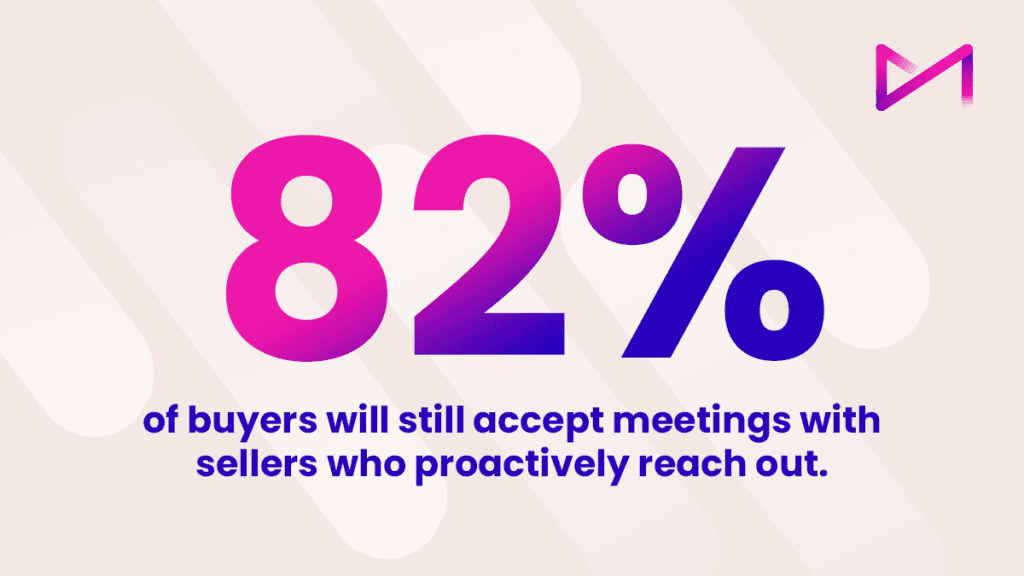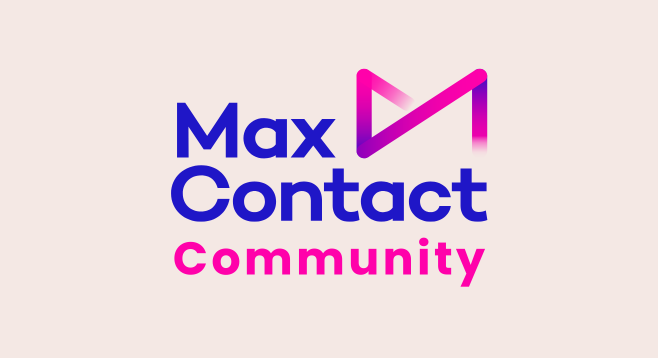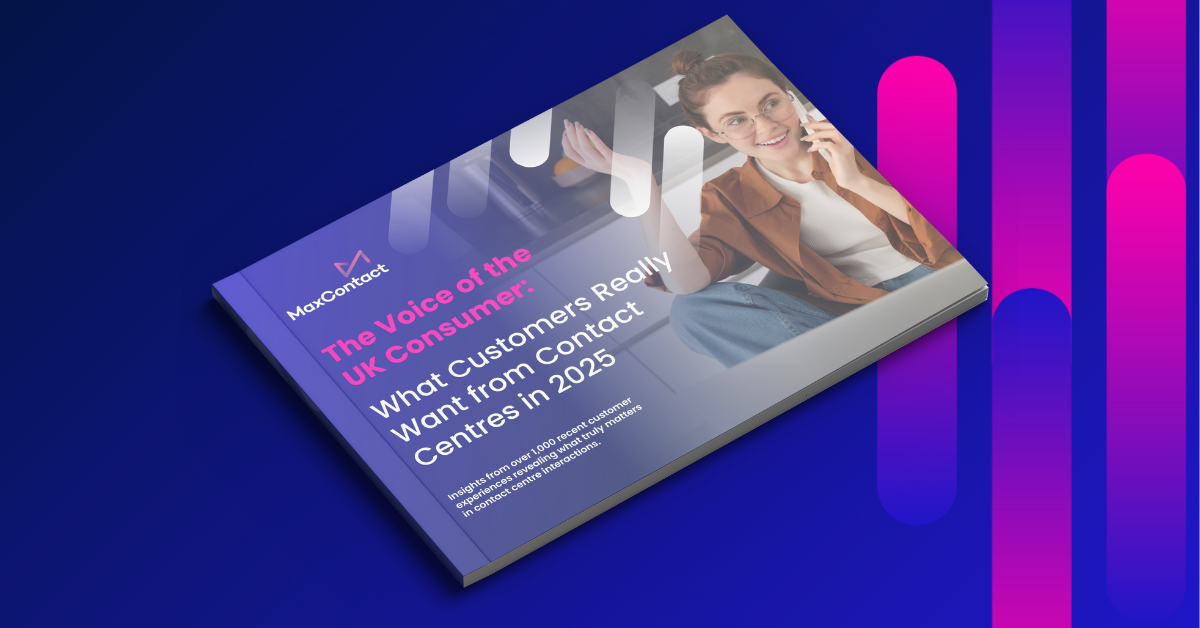Like them or loathe them, voicemails are an important part of outbound contact strategies. Over 97% of all business calls now go to voicemail, so when we’re not leaving one, we’re missing an opportunity. The age-old, ‘don’t leave a voicemail, they won’t answer next time’ has gone. Over 79% of the UK population ignore numbers that they don’t know, or unknown numbers – period.
In fact, a study found that 85% of Gen Z don’t view phone calls as being an important function of their phone, and 75% of millennials avoid phone calls if they can.
One recent article featured a journalist stating, ‘I have a confession to make: I love voicemails…I hate it when people call me and don’t leave one. How do I know what the caller wants otherwise?! They can text, but this gives no indication of tone. Or they can voice note on WhatsApp, but then they can see when I’ve listened, which – to me – can feel like an invasion of privacy, depending on who it is.’

What are the benefits of using voicemails when outbound dialling?
- Remove any chance of silent calls
Leaving voicemails when outbound dialling prospects or customers ensures that your organisation is covered and protected from any potential risk of leaving silent calls.
Many outbound diallers use Answer Machine Detection (AMD) which may not be accurate all of the time, equating to silent calls. A simple fail-safe would be to set up voicemails for every non-answered outbound call, which is crucial to remaining 100% compliant with zero silent calls. This is increasingly important to both provide a great customer experience and to ensure you’re operating within Ofcom guidelines, avoiding any chance of hefty fines of up to £2 million.
- Make better use of your sales teams’ time by leaving voicemails
Cold calls or outbound prospecting remain effective growth tactics, with studies showing that 82% of buyers will still accept meetings with sellers who proactively reach out. So if you are placing sales calls it offers a great way to give prospects an indication of why you’re calling. If they’re keen, you may even get a callback; if they’re willing to hear you out they might well pick up the phone next time.
It’s the quickest way to get potential prospects that are interested, versus the ones that are never going to buy from you. Saving you time, effort and according to Outreach you can expect around 5% of your prospects to respond to your voicemail.
- Frame the conversation ready for the next interaction
If you’re using an outbound dialler for other purposes, perhaps to follow up on a customer service incident, your calls may go unanswered. Voicemails are great for teeing up the next conversation, providing context and details where appropriate. You can bet the next conversation that you have with your contacts will start warmer and your average handling time (AHT) might also reduce.
- Ensure you get brand exposure
Putting your brand at the forefront of customers’ minds is important. For example, if you are collecting debt, your customers likely owe multiple businesses, so ensuring that your contact strategy puts your brand front and centre of your customer’s minds means you increase the likelihood of a successful outcome. The same goes for if you’re trying to make a sale. Leaving a message is a simple way to reinforce your messaging and brand name within your contacts’ minds.

What is the best approach to leaving great voicemails?
- Achieve team efficiencies with voicemail automation
If you’re using an outbound dialler, there’s no doubt you’ll have various options as to how to set up voicemails for your operations. With MaxContact’s outbound dialler you have the option to set up preconfigured voicemails relating to your campaigns or business functions, saving an agent on average two and half hours each week, all whilst ensuring the quality and consistency of your messaging.
And, when the MaxContact platform detects an answering machine, a voicemail can be automatically placed, whilst your user is moving on to the next call. You can also give your users the ability to leave more personalised messages if you feel a more tailored approach is needed.
- Keep it informative and to the point
Leave messages that give your clients the reason for the call and when you’re going to call back, including any contact details they need to reach you. Provide just enough information to encourage them to call you back or set up your conversations ready for them to be recontacted. Ensure the messages are to the point and ideally 20 to 30 seconds long — max.
- Measure, coach and improve how you use voicemails
It’s one thing not leaving voicemails at all, it’s another simply setting it and leaving it. Voicemails should be tested, reviewed, and improved over time. Measuring metrics like inbound contacts after an outbound call is a great indicator that your voicemails are effective. As are a reduced average handling time of call when people are re-contacted after a voicemail is left.
- Personalise voicemails with key information
Fraud and spam are an increasing concern for many astute consumers, with the average consumer receiving 144 spam calls last year – 58% of which were fraudulent. Including relevant information to personalise your messages will help the customer feel at ease with information shared that only their current provider will have, making them more likely to answer your call, rather than just ignore you.
Setting up the voicemail function in MaxContact is easy. You can record your version by uploading a WAV file or simply use text-to-speech to get started with leaving voicemails and learning what works for you and your customers.
Voicemails are one of many features that you need to make your outbound strategy successful. Learn about more of the must-have features you should be using in your outbound contact centre in this blog. For more information about our outbound dialling solution contact us on 0330 156 6550 or simply send an email to info@maxcontact.com





